![]()
![]()
![]()
Use LEFT and RIGHT arrow keys to navigate between flashcards;
Use UP and DOWN arrow keys to flip the card;
H to show hint;
A reads text to speech;
10 Cards in this Set
- Front
- Back
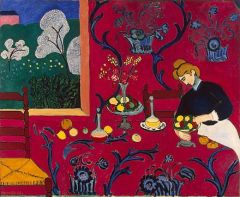
|
Henri Matisse, Harmony in Red (The Dessert), 1908 (Fauvism) Oil on canvas. Makes background ambiguous with foreground. He was inspired by african masks and primitivism. |
|
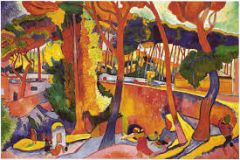
|
Andre Derain, Turning Road, L’Estaque, 1906 (Fauvism) Oil on Canvas.Non- descriptive use of color |
|
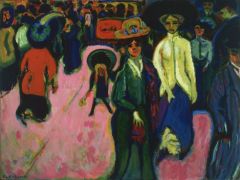
|
Ernst Ludwig Kirchner, Street, Dresden, 1908 (German expressionism Die Brücke) Oil on canvas.-Expressive, not natural use of color~being anonymous in a crowd |
|
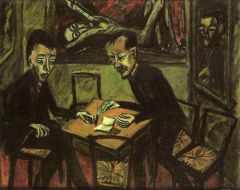
|
Erich Heckel, Two Men at a Table, 1912 (German Expressionism) Oil on Canvas. Implicit violence (german expressionism fueled by violence, anxiety, depression) Dead christ in the background |
|
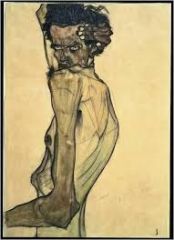
|
Egon Schiele, Self-Portrait,1910 Expressed himself through self portraits, contorted posture, skeletal fingers- thinks sex and desire should be celebrated but can also be a source of pain. |
|
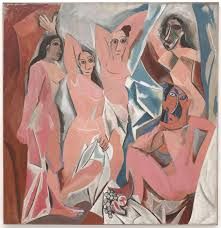
|
Pablo Picasso, Les Demoiselles d’ Avignon, 1907 Depicts prostitutes, none very feminine-somewhat menacing. Some figures have faces like african masks. Early beginning of cubism. |
|
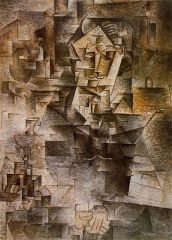
|
Pablo Picasso, Portrait of Daniel-Henry Kahnweiler,1910. Oil on canvas. Analytical Cubism. Breaks the form into facets, monotone as is characteristic of analytical style. |
|
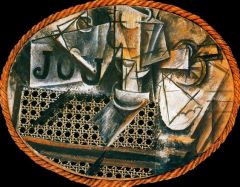
|
8. Pablo Picasso, Still-Life withChair Canning, 1912. Mixed media, printed cloth and oil paint and rope. Collage |
|
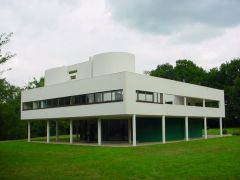
|
Le Corbusier, Villa Savoye,1929 Modern Architecture, every part of the design has a functional urban purpose |
|
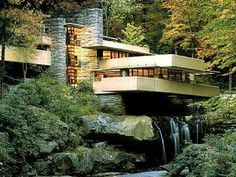
|
Frank Lloyd Wright, FallingWater, 1934-1937 Cantilever design, integrated with nature. |

